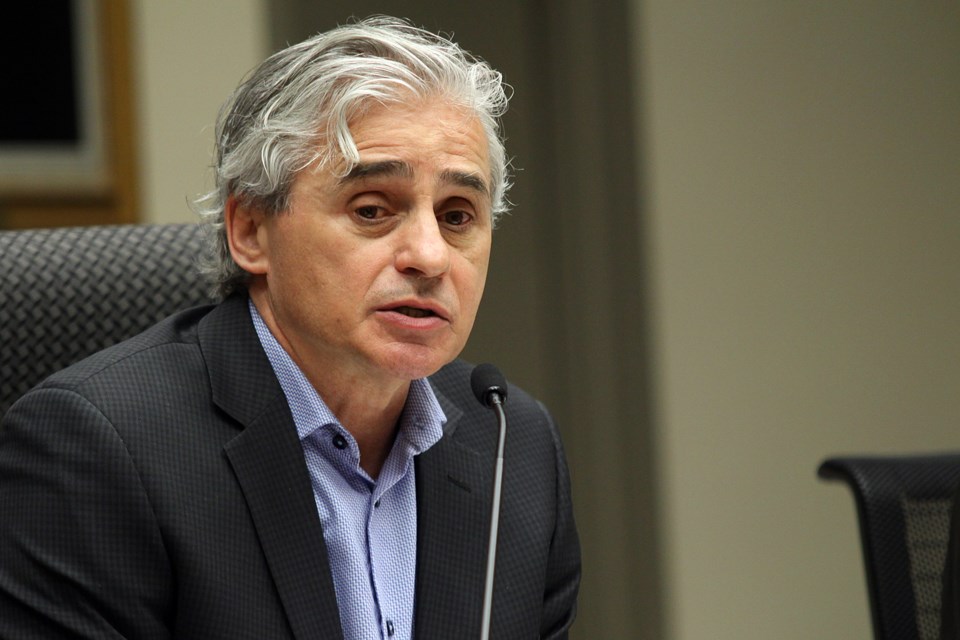On Aug. 10, city council passed a motion 9-4, still to be ratified on Aug. 24, endorsing the financing and tendering of a multi-use indoor turf facility, supported by administrative work showing a break-even or small surplus position on the annual operating budget for the facility.
I appreciate that the scale of this project has raised some questions in the community.
First I want to address the tax implications. I, and others, ran on keeping taxes as low as possible and to this point, through two budgets, I feel we have done a reasonable job.
Since the beginning of our mandate, council has established a reserve fund of approximately $15 million dollars dedicated to the multi-use facility. Seven million dollars of that is from the federal government’s Gas Tax Program. The remainder is from other reserves, and the new Municipal Accommodation Tax (MAT) on hotel stays, a new revenue stream for the city that at this point totals $1.17 million, with more to come, to be applied to this project.
This means that at this point the combination of federal funding and MAT funding represents almost 25% of the project's estimated costs. This $15 million will not lead to any new tax implications on a go forward basis for Thunder Bay businesses and homeowners.
The balance of the estimated cost, as contained in the motion passed at council, is to be financed through a debenture. There are many good reasons for financing large capital projects through long-term borrowing, which the city does every year, including leaving capacity for other capital projects, minimizing the near term impact of the project on current taxpayers and spreading the cost of the project over 25 years, allowing for future taxpayers and users to also pay for the facility.
The debenture, and its cost to taxpayers, will not come onto the city's books until the completion of the two year construction project, which is estimated to be near the end of 2022 or early 2023.
While under construction, the project will be financed through Infrastructure Ontario. The estimated cost to the city will be $55,000 in 2021 and $234,000 in 2022. As a result, the expected tax implication for Thunder Bay taxpayers in the first two years will be approximately $300,000.
If the debenture has not been reduced within that two years through decisions of council, or successful application to federal/provincial funding streams, the cost to the median household in Thunder Bay will be $20 per year over 25 years. Again, that will not happen for two years.
The argument has been made that to go out for bid now prevents us from receiving future funding from the federal or provincial governments to put towards the project. That rule does apply to the ICIP program currently in place at the federal level, but there may be other opportunities to apply for funding for this project, and other infrastructure priorities that the city has.
The process described above may provide opportunity over two years for council to apply for other government funding and, if successful, apply it to and reduce the debenture, reducing the cost of the project, or to other projects as council determines.
Our announcement last week that the city had received $9.4 million jointly from the federal/provincial governments to deal with COVID-19 operating pressures for 2020 (currently projecting a $7 million shortfall) has greatly enhanced our fiscal position, understanding that challenges remain for 2021. To delay this project any further will add cost (the Stantec report from 2018 for a similar facility was $25 million, $8 million less) and potentially stall the project indefinitely.
To close, I want the citizens of Thunder Bay to know that my decision related to moving forward on the multi turf facility at this time was not something I’ve taken lightly. I see the facility, which the previous council listed as a priority need, as one that can be transformational in helping us build, and grow, a healthier and more vibrant community while we move to recover from the pandemic. Thank you.
Bill Mauro
Mayor, City of Thunder Bay


